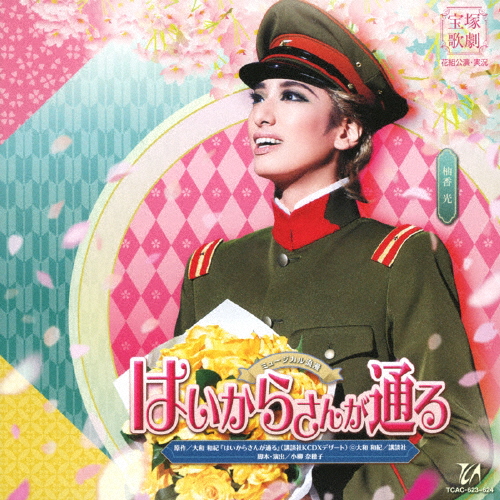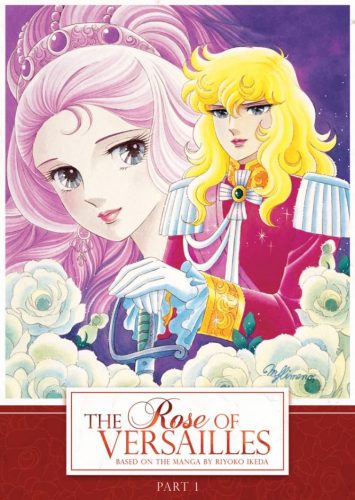
Yes, Takarazuka Revue is a Japanese all-female musical theater that has existed for over a hundred years. What does it have to do with anime, though? Everything! Takarazuka Revue is a cultural phenomenon that is interlinked with manga and anime, either by adapting popular series like Rurouni Kenshin to the stage, or by inspiring classics like Versailles no Bara (The Rose of Versailles) or even Sailor Moon, and of course the more recent Shoujo☆Kageki Revue Starlight (Revue Starlight).
Stage of Dreams - The Prince is a Princess
A little bit of history: Takarazuka Revue was founded in 1913, already a century ago, as an all-female troupe in order to attract a wider audience and fill a gap in the male-dominated theater scene. The musumeyaku train to play all the female roles and the popular otokoyaku play the male roles. As you can imagine, this aspect creates ample opportunity for genderbending, an element we often see in anime, too, and that is really popular with fans, who expect their favorite performers to act in character even in public. In the west, the revue is also popular with LGBTQ audiences, because of that element, which allows for same-sex pairings on stage.
Takarazuka productions are over the top, with flashy costumes and Broadway-style settings. Drama is the word, and romance is central in most plays. In fact, the appeal to fans is that Takarazuka plays welcome you to a world where perfect love exists, where the prince on the white horse will sweep you off your feet.
Anime and Takarazuka
Osamu Tezuka’s Ribbon no Kishi (Princess Knight) is an early example of manga and anime influenced by the revue. You might remember Princess Knight from your childhood, the main character is a princess who grows up as a knight and wants to retain both identities, feminine and masculine.
Later on, Riyoko Ikeda’s The Rose of Versailles borrows a similar concept, with Oscar, a noblewoman raised as a man, who lives to guard Marie Antoinette in pre-Revolution France. In return, Takarazuka Revue has adapted this work into a musical stage play with great success.

Sailor Moon favorites Michiru (Sailor Neptune) and Haruka (Sailor Uranus) fit in the musumeyaku and otokoyaku description, one refined and serious, the other boyish and flirty, even though she’s actually devoted to Michiru. Haruka was voted the most popular of the Senshi in the latest Sailor Moon poll, even surpassing Japan’s all-time favorite Ami Mizuno. The appeal is still strong!
Shoujo Kakumei Utena (Revolutionary Girl Utena) tells the story of Utena, an idealistic young woman who wants to embody the perfect Prince, only to find out that reality is far harsher than she expects. Former Sailor Moon director Kunihiko Ikuhara was able to infuse his original work of Utena with several Takarazuka elements, from Utena’s figure herself to the dramatic and heavily stylized duels, and the stage-like setting of Ohtori Academy.
In recent years, the 2018 Revue Starlight series shows the reality of training to become a musumeyaku or otokoyaku: it is actually really hard to succeed as a performer. The actresses undergo rigorous training and their success is not guaranteed. The girls’ duels to become the brightest star are a metaphor for the competitive field they have decided to enter and their swords are actually their egos clashing, in order to become Top Star.
Final Thoughts

With Kageki Shoujo’s anime adaptation coming up in 2021 (not to be confused with Shoujo☆Kageki Revue Starlight) we see that the troupe’s influence is still strong. Anime and theater borrow from each other to create magical worlds that satisfy our need for romance, razzle-dazzle, and drama. We hope that Takarazuka Revue’s fame grows in the west and that it continues to inspire contemporary anime. Have you watched any of the anime mentioned? And what do you think of the revue’s appeal? Once again, thank you for reading!

